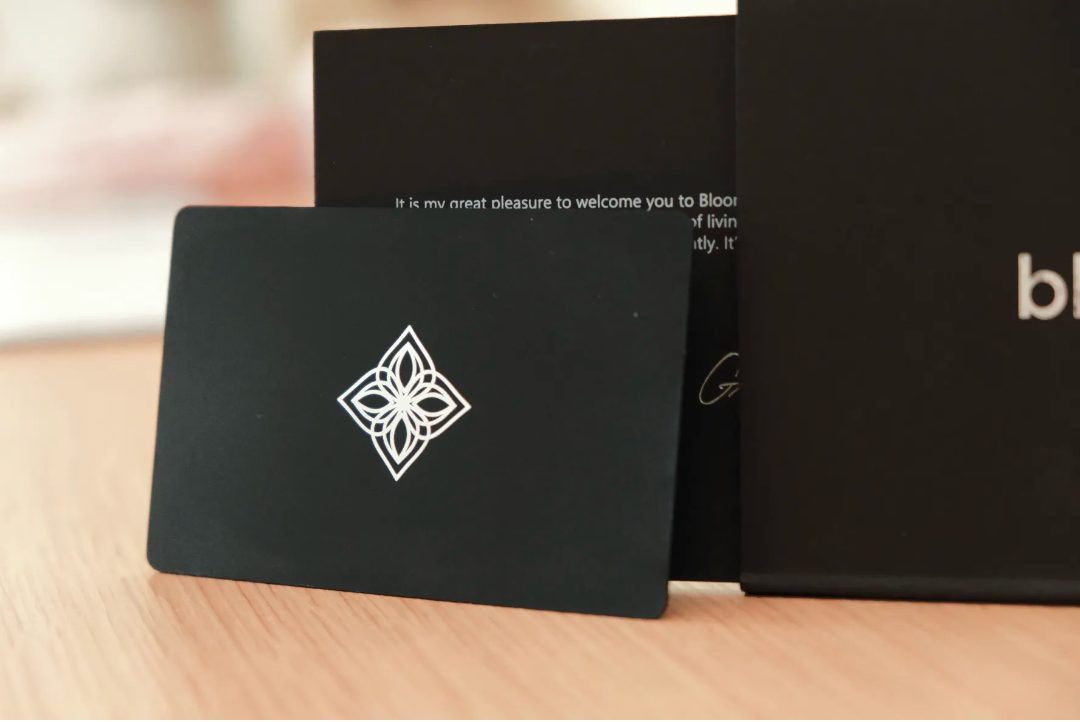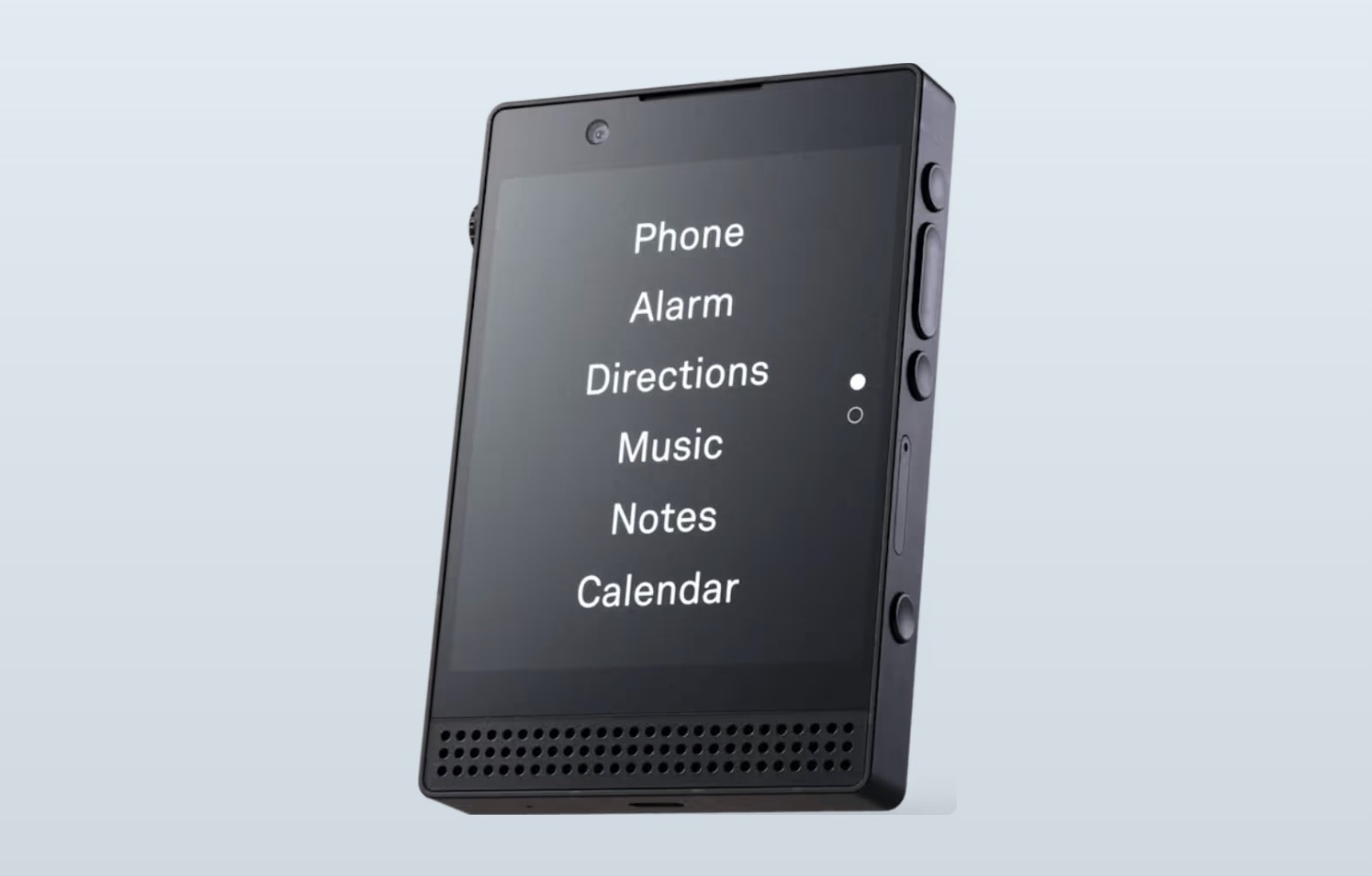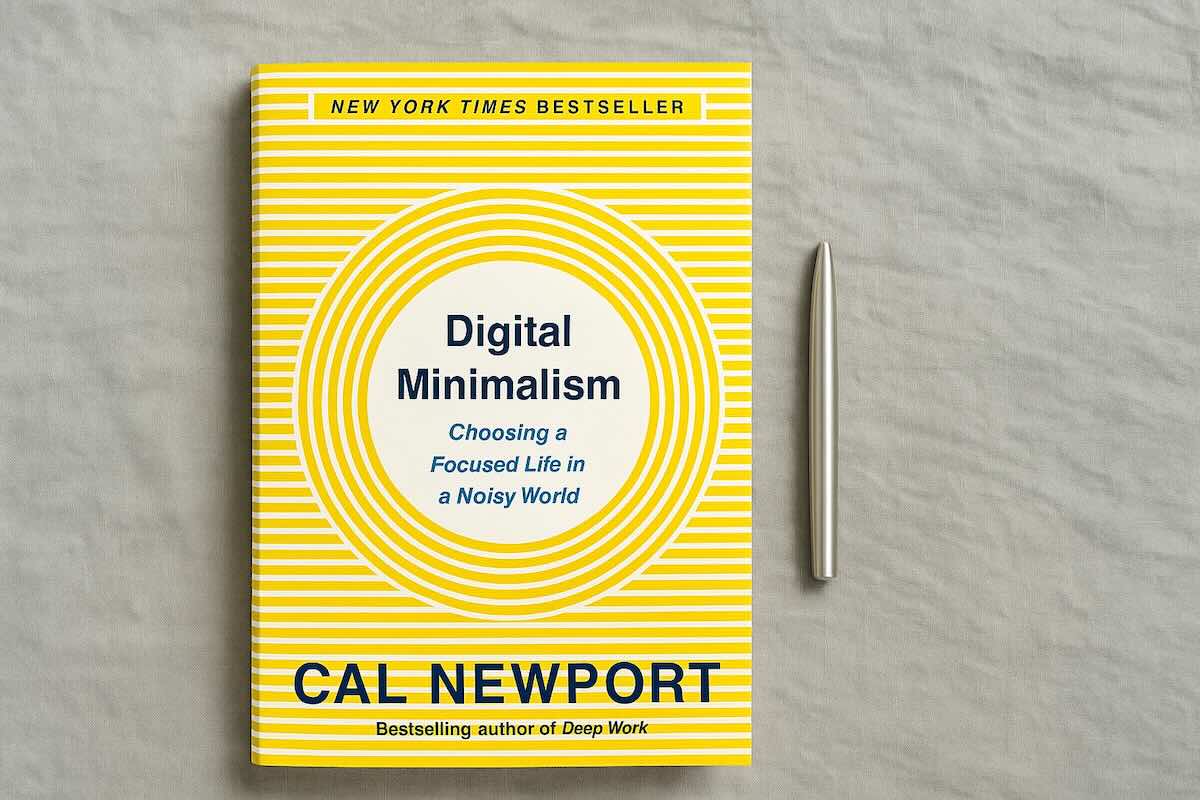I’ve tested both the Brick and the Unpluq Tag. This post compares them head to head.
If you’re not sure which one to get, this detailed breakdown will save you time (and maybe a return label).
Let’s dive in.
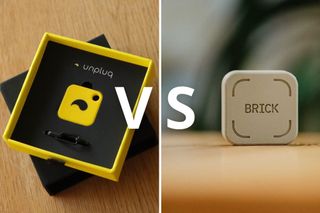
TL;DR: Which One Should You Get?
✅ Choose Brick if…
- You want a one-time purchase with no subscription.
- You prefer a fixed setup—the magnetic tag stays on your desk, fridge, or wall.
- You value strict limits (Brick comes with only 5 lifetime emergency unlocks)
✅ Go with Unpluq if…
- You want something portable (the tag is smaller and comes with a mini carabiner).
- You want the ability to use the device offline.
- You like the idea of an unlock timer that locks apps again after 5 minutes.
- You want additional ways to unlock (tap, shake, scroll, QR scan, etc.).
- You don't mind the $64/year subscription.
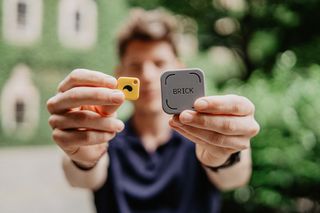
Unpluq vs Brick: Key Differences
Overview
1. Portability
Unpluq is designed to move with you. It's small, light, and attaches to your keychain. I leave mine clipped to my house keys.
Brick, on the other hand, is bigger and is better left in a dedicated place. It's magnetic, so you can stick it on your fridge, desk leg, or filing cabinet.
That makes it harder to lose, but also more restrictive (which is a good thing).
So if you want easy access to your locked apps throughout the day, Unpluq is a better choice. If you are afraid having the tag with you at all times will make it too easy to access Instagram, Brick makes more sense.
2. Internet Requirement
Unpluq works entirely offline. Once your schedules are saved, it doesn’t need Wi-Fi or data. You can lock and unlock your apps on a plane or in a dead zone.
Brick doesn’t work without an internet connection. If you’re somewhere with no signal, you won’t be able to Brick or Unbrick your phone.
This limitation isn’t a dealbreaker, but it’s good to know.
3. Ways to Unlock
Unpluq doesn’t rely solely on the tag. You can unlock your apps by shaking your phone, scrolling to the bottom of a blank page, tapping a pattern, or walking around. I detailed the different challenges in my full review of Unpluq.
Those are neat features that Brick doesn't have. The Brick only works with the device.
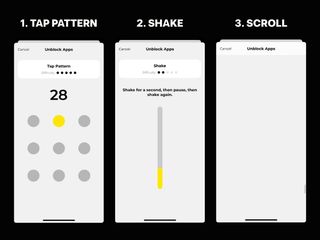
4. Scheduling
Both tools support scheduled locking. You can tell them to lock apps at specific times, like 9 AM on weekdays.
The difference is that with Unpluq, you can set both start and end times. You can even pause a schedule just for today, which I use constantly.
Brick’s scheduling only lets you set a start time. There’s no automatic stop. You need to manually Unbrick your phone.
5. Timed Access
This is one of my favorite features in Unpluq. After you unlock your phone, a timer starts. Five minutes by default.
Once time's up, everything locks again. It’s enough to check something, without falling into a rabbit hole.
Brick doesn’t offer this. Once you Unbrick your phone, you’re back to full access until you lock it again or a new schedule starts.
6. Manual Locking
Brick has a simple “Brick Now” button in the app. Great if you want to manually shut everything off and focus.
Unpluq doesn’t have a dedicated “Block Now” feature. The workaround is to set up a 24/7 blocking schedule and toggle it on and off. It works, but it’s not elegant.
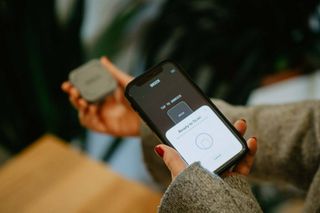
7. Pricing
Brick costs $59 one-time ($53.10 with the code WHATIFIDIDNT) and that’s it.
Unpluq’s tag is cheaper upfront at $26.50, but it only works with a Premium subscription of $64/year. So Unpluq ultimately costs more.
If you’re subscription-averse, this could be the deciding factor.
8. Emergency Unlocks
Brick gives you five lifetime emergency unlocks. After that, you’ll need to email support to get more. It’s strict by design. That’s part of what makes it effective.
Unpluq offers one “emergency mode” per day. It gives you five minutes of access—enough to check something or deactivate a schedule if you've lost your tag and need to regain access.
9. Android Support
Unpluq works on both iOS and Android. Just make sure your phone supports NFC (most modern ones do).
Brick started out as an iOS app. But as of September 2025, it is available on Android as well.
10. Multi-Device Support
You can link multiple phones to a single Brick device. No added cost. Each phone has its own app and blocklist.
Unpluq allows this too, but only if you’re on a Family plan—more expensive than the solo Premium plan.
11. Battery Life
Neither the Brick nor the Unpluq Tag needs charging. They’re both passive NFC tools and don't rely on power to function.
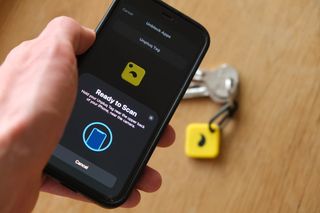
Final Take: Read This Before You Buy
Both Brick and Unpluq are solid. They work. They actually help you stay off your phone. But the decision usually comes down to this:
- Do you want a one-time purchase or are you okay with a subscription?
- Do you want a strict, minimal setup or flexibility with more features?
If you're still on the fence, I wrote detailed reviews of both:
- Brick App Review: Is Brick Worth It (And How Does It Work)?
- Unpluq Review: The $26 NFC Tag That Blocks Distractions
Both posts break down every feature and quirk so you can buy with confidence.
And yes! Code WHATIFIDIDNT works in both shops. 10% off the Brick. 20% off the Unpluq tag and subscription.
That should make the decision a little easier.

